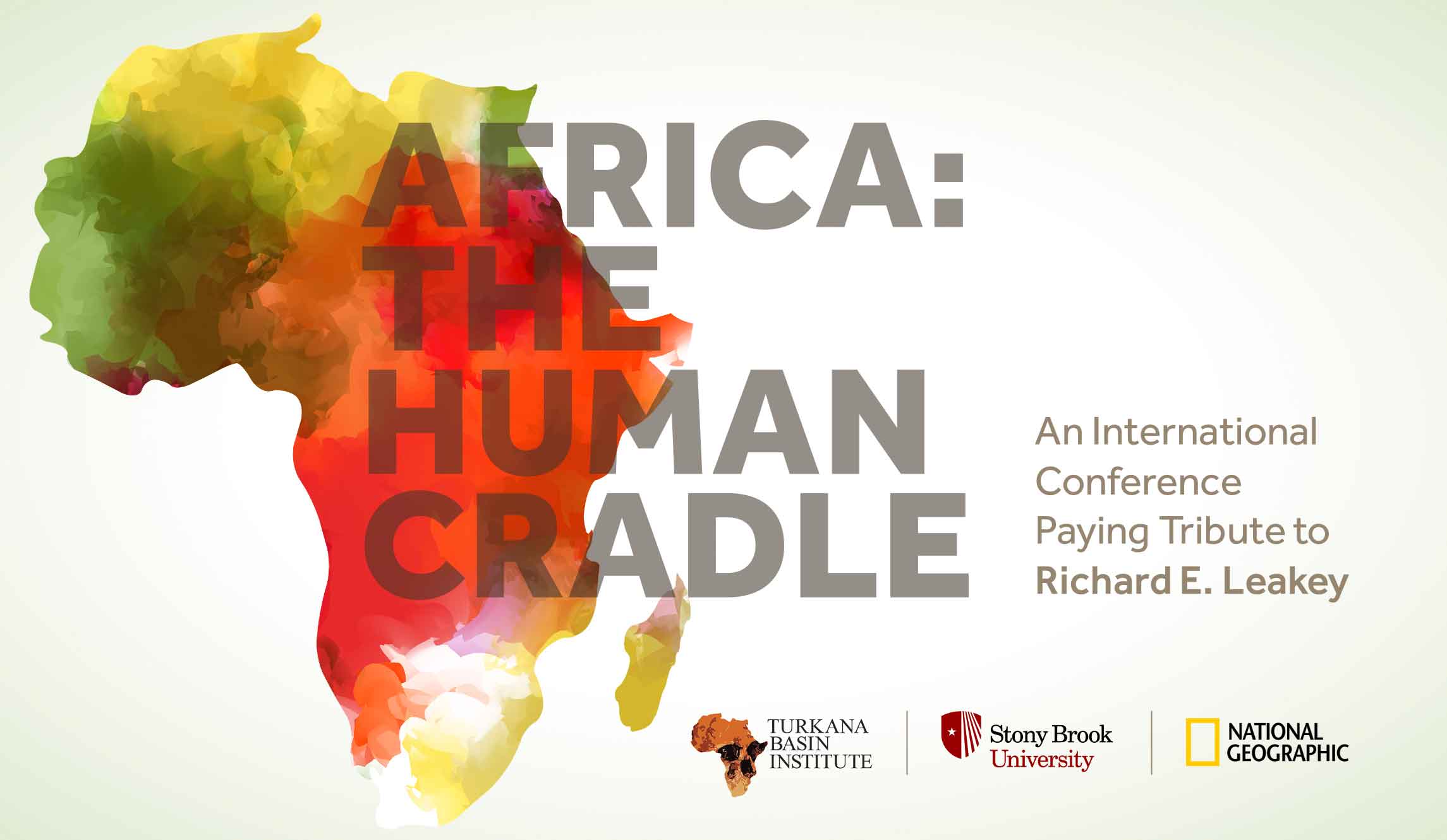Lecture: How Homo naledi is changing human origins
A talk with an audience at UW–Madison covers our work on Homo naledi, including the recently-published Lesedi Chamber remains and the age of the fossils.

One of my favorite places to talk with people about research is the Wednesday Nite at the Lab series from the UW–Madison Biotechnology Center. It's always a great local audience, and Wisconsin Public Television has often taped these lectures for broadcast across the state.
In 2017 I visited just after our team's publications describing the Lesedi Chamber fossil material and the geological age of the Dinaledi Chamber fossils. I was able to share some video from inside the cave system, showing some of the extraordinarily difficult contexts where the team works.
John Hawks Newsletter
Join the newsletter to receive the latest updates in your inbox.



